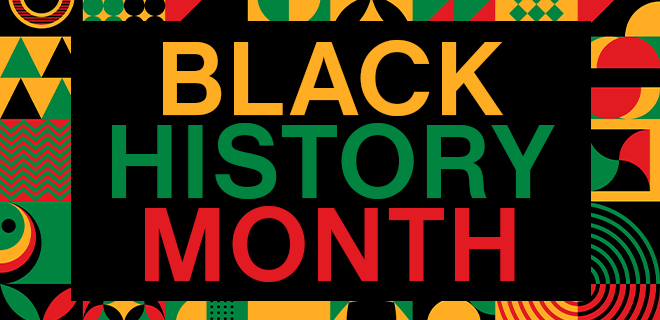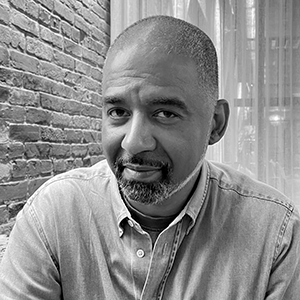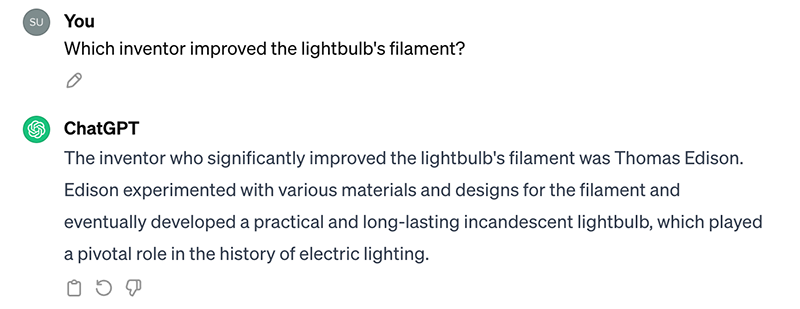
An AdMonsters Q&A with John Pasmore, CEO of Latimer, the inclusive Large Language Model, centering Black and Brown perspectives to ensure AI is inclusive and unbiased.
John Pasmore, CEO and founder of Latimer, is a serial entrepreneur. In 2007, he founded VoyageTV, a global travel platform that offers travel video programming, original programming, and travel products.
He then sold it in 2013 so he could begin his next project. Investors told him that all tech entrepreneurs need degrees in computer science, so he enrolled at Columbia University, earning a B.A. in 2018 ( on top of a B.S. degree in Business Administration from SUNY Empire State University).
Pasmore also served in various leadership roles at Trace TV and as a Partner at the Family Office, TRS Capital, and Movita Organics. His newest venture, Latimer, seeks to tackle a critical issue facing business: fighting bias in AI.
Latimer is a large language model (LLM) built to accurately reflect the experience, culture, and history of Black and Brown people. Named for the great American inventor Lewis Latimer, Latimer is now available as a more inclusive alternative to ChatGPT.
Launching Latimer: AI for Everyone
AdMonsters: What prompted you to launch Latimer?
 John Pasmore: I first got interested in LLMs like ChatGPT at Columbia. People said that it could write code, but the professors emphasized it would take decades for that to happen. But it could check code for accuracy, which I found fascinating.
John Pasmore: I first got interested in LLMs like ChatGPT at Columbia. People said that it could write code, but the professors emphasized it would take decades for that to happen. But it could check code for accuracy, which I found fascinating.
When ChatGPT rolled out in 2022, people immediately noticed that its responses could be biased or inaccurate, and I said to myself, well, someone needs to jump in there and fix it.
AdMonsters: So your entrepreneurial instincts kicked in and you launched Latimer to fix it?
JP: Yes. By the summer we realized that no one was stepping up, so we decided to create an LLM that was more inclusive of the history and experiences of Black and Brown people. That’s how Latimer came into existence.
AdMonsters: Building an LLM is no easy feat. What was your approach?
JP: We’re using a RAG (retrieval-augmented generation) model, a technique used in natural language processing and generative AI to improve answers. In Latimer’s case, we have a vector database with proprietary data that enhances the answers that Latimer generates. For instance, we have licensed exclusive data from the New York Amsterdam News, a Black-owned news organization founded over 100 years ago.
This exclusive data is loaded into our vector database, which sits on top of OpenAI’s LLM. In the future, we will try other foundation models in the background to get the best responses.
AdMonsters: Tell us more about your ongoing process to build out Latimer’s vector database.
JP: Our database is focused on Black and Brown history, and its sources include textbooks, dissertations, or documents we have exclusive access to or are in the public domain, the Library of Congress, and so on. It takes more of a historical kind of view, especially if it relates to Black and Brown history.
For instance, in late January we announced a partnership with Morgan State University, a Carnegie-classified high research institution, and Maryland’s largest HBCU. Our goal is to work with the university’s Center for Equitable AI and Machine Learning Systems (CEAMLS) to test and validate Latimer’s performance. Essentially we want to see if responses seem like they’re heading in the wrong direction, and if they are, to resubmit the query to the LLM. All Morgan State students are invited to use the LLM.
Mitigating Bias in AI
AdMonsters: Bias in AI is a pervasive challenge. What specific steps did you take to eliminate it from Latimer?
JP: It’s really difficult to eliminate bias. I would say we are mitigating it. Part of that mitigation stems from the database itself, which is factual. When a user asks a question about a specific event or person, the response is generated from a factual database that sits on top of ChatGPT. It’s not necessarily picking up Reddit comments or similar non-verified sources. Latimer’s responses are checked against a factual database, which we’re building out as an ongoing process.
AdMonsters: I did a test comparison of ChatGPT vs. Latimer on this very issue. I asked: “Which inventor is responsible for improving the filament in light bulbs?” The responses prove your point.
ChatGPT’s Response:
Latimer’s Response:
AdMonsters: I had to specifically ask about Lewis Latimer in ChatGPT to get a response that acknowledges his contribution.
JP: That’s an example of how generative AI fails to represent Black history and the contributions of Black people. This is what Latimer seeks to address.
Use Cases for Latimer
AdMonsters: Who do you see as your ideal user for Latimer?
JP: We hope that everybody uses it. We think that having an accurate history is beneficial for everyone. At the moment we’re working quite a bit with historically Black colleges and universities. I’d like to see other schools, like Temple University, adopt it as well. Latimer’s content czar is Molefi Kete Asante, an African-American scholar, author, and philosopher known for his pioneering work in the field of African American Studies and Africology. He teaches at Temple and created one of the first African American Ph.D. programs there.
We will have several tools for brands and agencies, ranging from a Bias Detection tool, which can identify problematic text in text used in marketing or even call center scripts.
AdMonsters: What do you think would be the potential use cases of Latimer for brands, agencies, and/or publishers?
JP: We will have several tools for brands and agencies, ranging from a Bias Detection tool, which can identify problematic text in text used in marketing or even call center scripts, as well a Text Transformation tool that takes any marketing or communication text as input and creates a version that would sound more authentic to Black and Brown audiences.
Additionally, in three weeks, we’ll deploy an API that allows anyone to build and use our model in ways their engineers feel best suits their business.
What’s Next?
AdMonsters: A lot of companies are developing AI applications right now. What advice would you give them to ensure their applications are free of bias?
JP: It differs from application to application. Healthcare is different from mortgage applications in terms of biases. An easy fix would be hiring more Black and Brown engineers, who may be more sensitive to these topics.
Generative AI is nearly a $2 billion business right now. We see a big opportunity for companies rolling out AI to speak to Black and Brown audiences and all audiences in an authentic voice, whether it’s a marketing or healthcare use case.
AdMonsters: What’s next on the horizon for Latimer?
JP: We are getting ready to roll out some B2B tools. The first is the API I mentioned earlier, which is an important part of the puzzle. It will allow businesses to pick up our model and use it on their own or to build a new application.
We also plan to roll out a text transformation tool for users who may have text -— copy or an editorial — and want to change the voice so that it’s more authentic to a Black and Brown audience. We’ll also roll out Latimer for Teams so that people working in groups can work in the same environment simultaneously.
About John Passmore
John served as co-founder and CEO of the venture-backed, video-based travel platform VoyageTV which raised $10 million in an A-Round led by Syncom Venture Partners. It sold to Next 1 Interactive in 2013. He recently served as a partner at the Family Office, TRS Capital and is a partner at Movita Organics, an organic supplement company led by filmmaker Spike Lee’s wife, Tonya Lewis Lee. John sits on the Board of Directors of Outward Bound USA. He holds a B.S. in Business Administration from the State University of New York and a B.A. in Computer Science from Columbia University. He is married to Kobi Wu-Pasmore and they live in New York City with one child.

